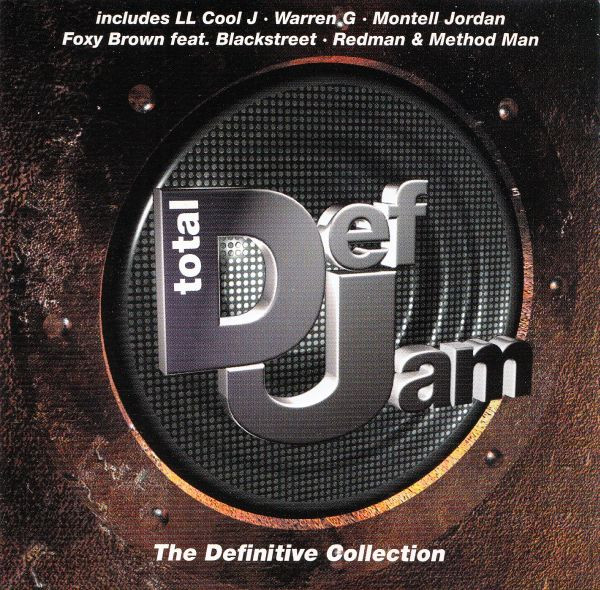Classic Compilation Albums
Compilation Albums A Short History
The history of compilation albums is a captivating journey through music distribution and consumption evolution. These albums, which gather tracks from various artists or select favourites from a single artist, have reshaped how audiences discover and enjoy music. Initially, the concept of the compilation album took root in the era of vinyl records. Record labels recognised an opportunity to compile hit singles, B-sides, or diverse tracks from several albums into one package. This approach benefited the labels economically by repackaging and selling existing recordings and provided music fans with a way to access a wide range of songs without purchasing multiple albums.
As technology advanced, the introduction of CDs in the 1980s and 1990s further propelled the popularity of compilation albums. Iconic series such as “Now That’s What I Call Music!” became a cultural phenomenon, offering listeners a curated selection of chart-topping hits across various genres on a single disc. This format proved immensely popular among consumers, offering a convenient and affordable way to enjoy the latest hits.
Furthermore, compilation albums have been pivotal in promoting specific music genres and scenes. Labels like SST and Sub Pop used compilations to introduce emerging bands to broader audiences, significantly impacting the punk and alternative scenes.
Today, although the rise of digital music and streaming services has transformed how people access music, the essence of compilation albums persists. They continue to serve as a valuable tool for music discovery, allowing listeners to explore new sounds and artists conveniently. Whether through physical CDs or digital playlists, the legacy of compilation albums remains a testament to their lasting influence on music consumption.


